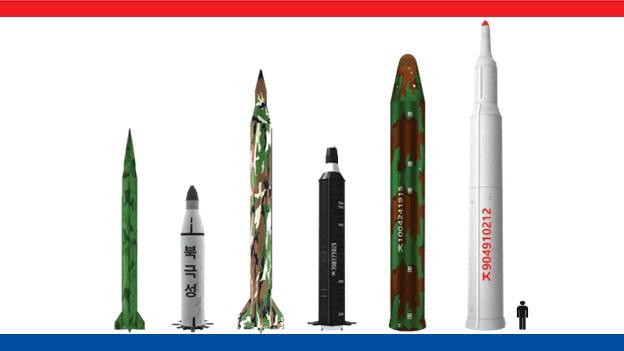US says North Korea fired missile into Japanese waters
- Published
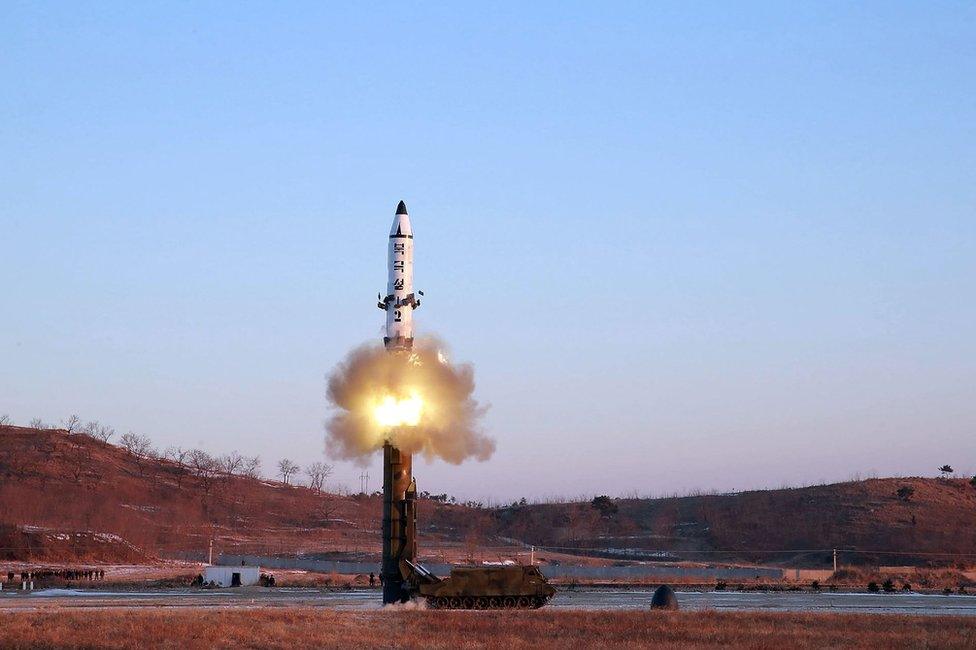
There have been 10 other detected missile launches by North Korea this year including this one in February
North Korea has fired an intermediate range missile in the direction of Japan, US military officials said.
The land-based missile was fired from near Panghyon airfield, and flew for 37 minutes before landing in the Sea of Japan, said the US Pacific Command.
Japan has lodged a protest and PM Shinzo Abe said the launch "clearly shows that the threat has grown".
Pyongyang has increased the frequency of its nuclear and missile tests in recent months, raising tensions.
South Korea said Tuesday's projectile was launched at 09:40 local time (00:40 GMT) and flew about 930km (578 miles).
The missile may have landed in waters claimed by Japan as its exclusive economic zone, according to Japanese officials.
The US said it did not pose a threat to North America.
Meanwhile Pyongyang is due to make an "important announcement" later on Tuesday, reported South Korea's Yonhap news agency.
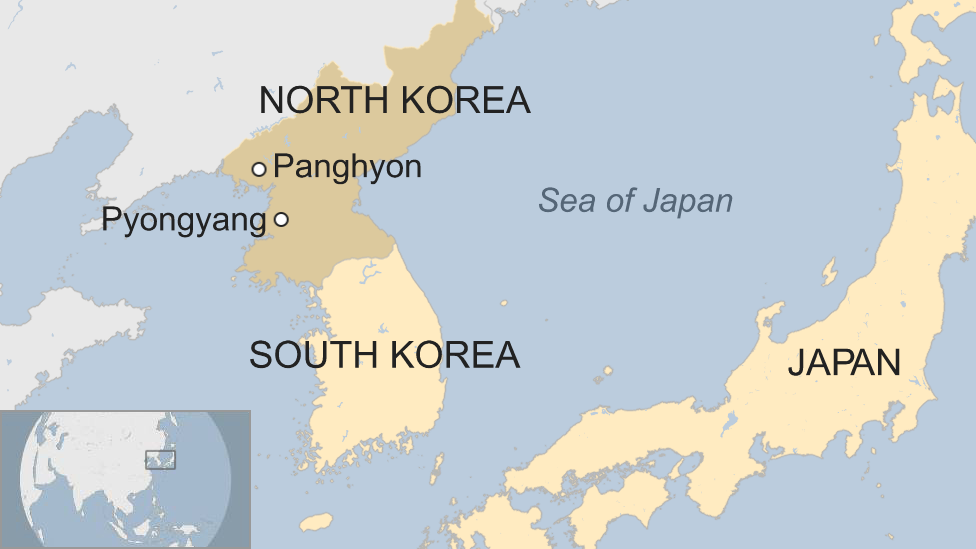
This is the 11th detected missile launch this year.
North Korea last test-launched missiles in May. It fired projectiles on two separate occasions, both towards the Sea of Japan.
While Pyongyang has appeared to have made progress, experts believe North Korea does not have the capability to accurately target a place with an intercontinental ballistic missile or miniaturise a nuclear warhead that can fit on such a missile.

The big question - by Stephen Evans, BBC News, Seoul
The big question is: What range does this missile have - could it hit the US? One expert already thinks that it might be able to reach Alaska but not the lower states.
David Wright, a physicist with the US-based Union of Concerned Scientists, said: "If the reports are correct, that same missile could reach a maximum range of roughly 6,700km (4,160 miles) on a standard trajectory.
"That range would not be enough to reach the lower 48 states or the large islands of Hawaii, but would allow it to reach all of Alaska."
It's not just a missile that North Korea would need, but also the ability to protect a warhead from the intense heat and vibration as it re-enters the atmosphere, and it's not clear if North Korea can do that.
On the prospect of North Korea being able to strike the US, President Donald Trump tweeted in January: "It won't happen." The truth is that it might - most experts think within five years, probably less. What would President Trump do then?

Japan's Chief Cabinet Secretary Yoshihide Suga told reporters on Tuesday: "North Korea's repeated provocations like this are absolutely unacceptable."
Mr Abe said Japan would "unite strongly" with the US and South Korea to put pressure on Pyongyang.
He added that he would call on Chinese President Xi Jinping and Russian President Vladimir Putin - who are meeting in Moscow - "to play a more constructive role".
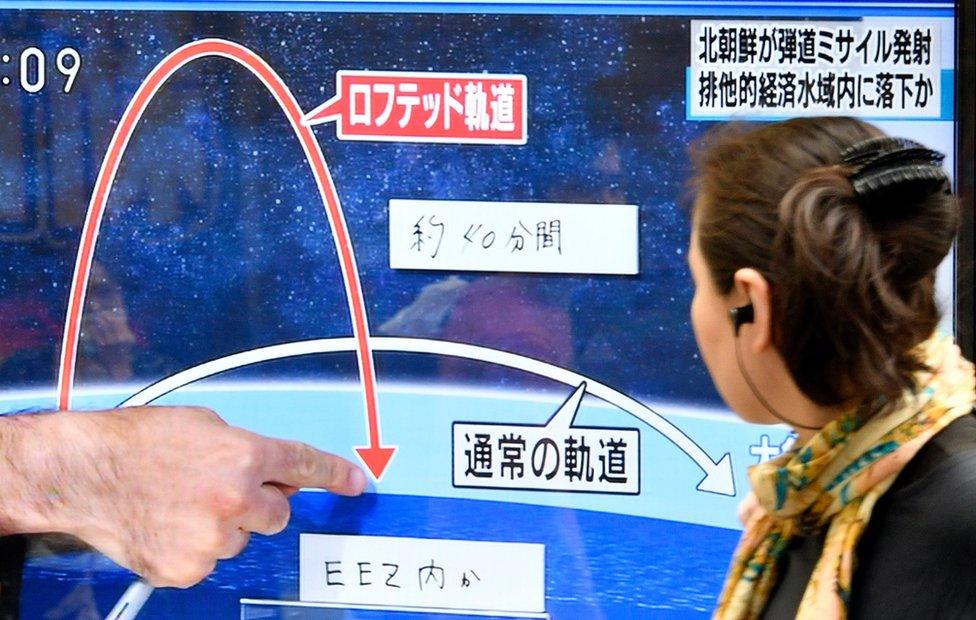
Japanese television networks heavily covered the missile launch on Tuesday
US President Donald Trump also responded swiftly on Tuesday to the missile launch.
On his Twitter account, external he made apparent reference to North Korean leader Kim Jong-un, saying: "Does this guy have anything better to do with his life?"
"Hard to believe that South Korea and Japan will put up with this much longer. Perhaps China will put a heavy move on North Korea and end this nonsense once and for all!"
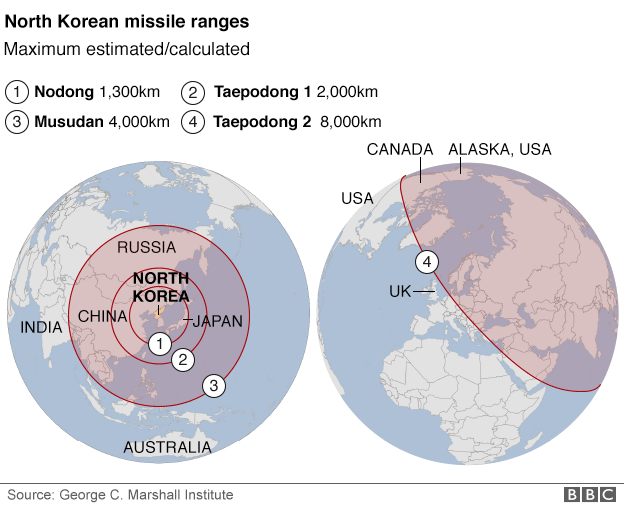
Mr Trump had earlier called Mr Kim a "pretty smart cookie".
He has also repeatedly called on Mr Xi to pressure North Korea to end its nuclear and missile programmes. Beijing is Pyongyang's closest economic ally.
The latest missile launch comes a day after Mr Trump spoke on the phone separately with Mr Xi and Mr Abe about North Korea. The leaders reaffirmed their commitment to a denuclearised Korean Peninsula.
In South Korea, recently-elected President Moon Jae-in has called for an emergency meeting of the country's security council.
Mr Moon also met with US President Donald Trump last week, with the US leader warning Pyongyang of a "determined response".
The US recently started setting up its controversial Terminal High-Altitude Area Defense (Thaad) system in South Korea, which is aimed at protecting against North Korean missiles.
Neighbours such as China have objected to it as they believe it undermines their security and the regional balance.
On Tuesday, Mr Xi and Mr Putin reiterated their opposition to Thaad, reported Chinese state news agency Xinhua.
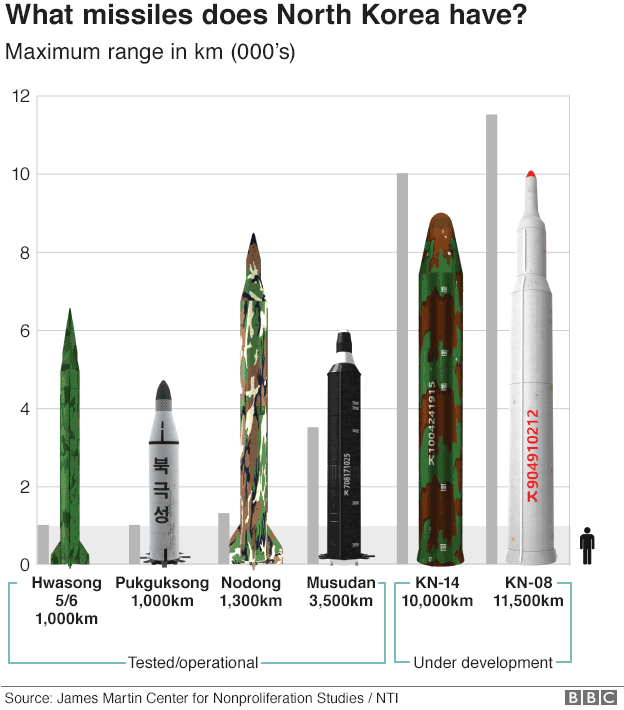
- Published10 August 2017
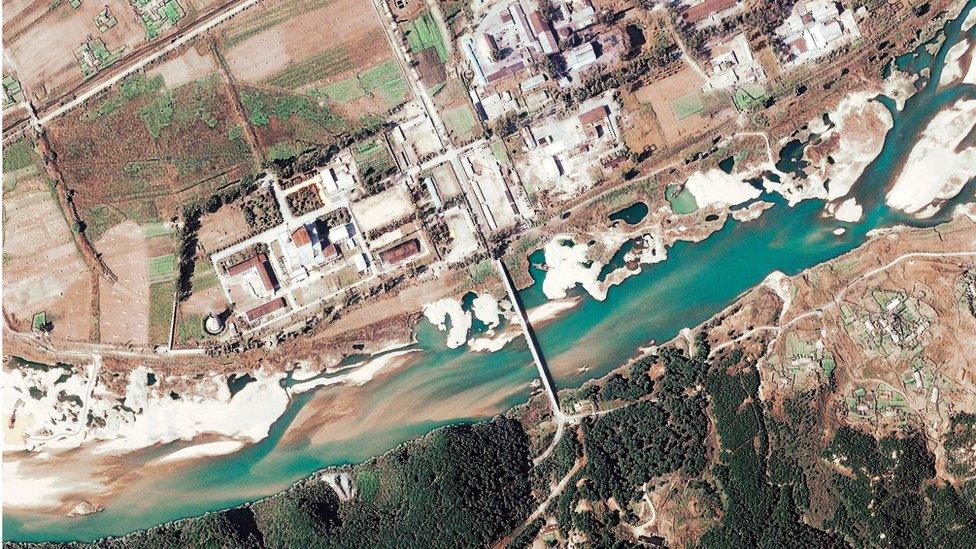
- Published20 April 2017
